Minx
Her narrow-mindedness has faced reality, and she had to accept that feminist manifestos do not attract female readers. Radical texts reach only members of the radical group of feminists, which does not bring money - well, at least not the money that pornography brings. Joyce's narrow view prevents her from seeing the life of the majority of women, which the pornographic publisher seems to understand much better. Besides him, there are also other persons, her coworkers, that are trying to help her to get to know and understand this world better: Bambi, a clichéd bimbo who posed naked for Dough's magazines and sometimes surprises with profound thoughts; Richie, a calm gay man devoted to photography; and Joyce's sister Shelly, a housewife and mother disenchanted with sexuality like the majority of the future readers.
Joyce agrees that her texts should be more light-hearted and spiced up with pictures of naked men despite her initial restraints and resistance. Although the start was difficult, the magazine gained success despite the opinion of some men and feminists.
Joyce, feminism, and sexuality
Joyce, a member of second-wave feminism, initially combines all the characteristics of this movement, from which she increasingly distances in the following episodes. To succeed, she has to work under the wing of a man who, in the eyes of feminism at the time, exploits women for male pleasure, turning them into objects of male gratification. But even though she is forced to work in an environment full of naked girls and to observe the touching that could be easily described as sexual harassment, Joyce quickly comes to terms with what she sees. It is as if she is fighting for feminist views with words that she does not know or cannot put into practice. The advocacy of feminism fades further and further into the background, even though Joyce's articles educate women and give them a more than necessary voice.
At first glance, one could say that the series mocks second-wave feminism, but on the other hand, it celebrates it. No one denied Joyce the leadership of the magazine and the freedom to create her content, but her point of view had to adapt to reality - to women, who at that time played a traditional role. She left her doubts about whether a penis in a centerfold was what feminism would approve of far behind her and got to work. As she was writing and creating the magazine, her view softened more and more. Still, she was disappointed by the audience she most wanted - young feminists. Even though every viewer felt they should share her joy because she had managed to succeed as a woman in the world of publishing, a male-dominated field of work with feminist content, they disapproved of Minx. The erections were decisive for the strict attitude of feminists towards the magazine.
Still, on the other hand, it was the erections that helped bring feminism into the homes, cities, and suburbs. Women were getting angry, which was, after all, the aim of feminism. With Minx, Joyce achieved what Betty Friedan did with The Feminine Mystique.
The protagonist and the publisher are also the incarnation of the second-wave feminism internal conflict - on the one hand, sex-positive feminism and, on the other, feminism against pornography. Joyce is initially the embodiment of the latter feminism, but through the series, she increasingly advocates female pleasure. As she says, she can't judge penises because she has seen two in her life. But the magazine offers her a different, more liberal view of sex. So in the first season, Joyce is introduced to sex toys and sex for one or two or maybe three nights with the handsome but stupid fireman.
Despite its historical context, Minx is still a funny, easy-to-watch erotic series that foregrounds male nudity, penises, and erections rarely seen before. So the next time HBO suggests you watch this series, do it, do not skip it. If not the series, then Jake Johnson in the role of Dough.

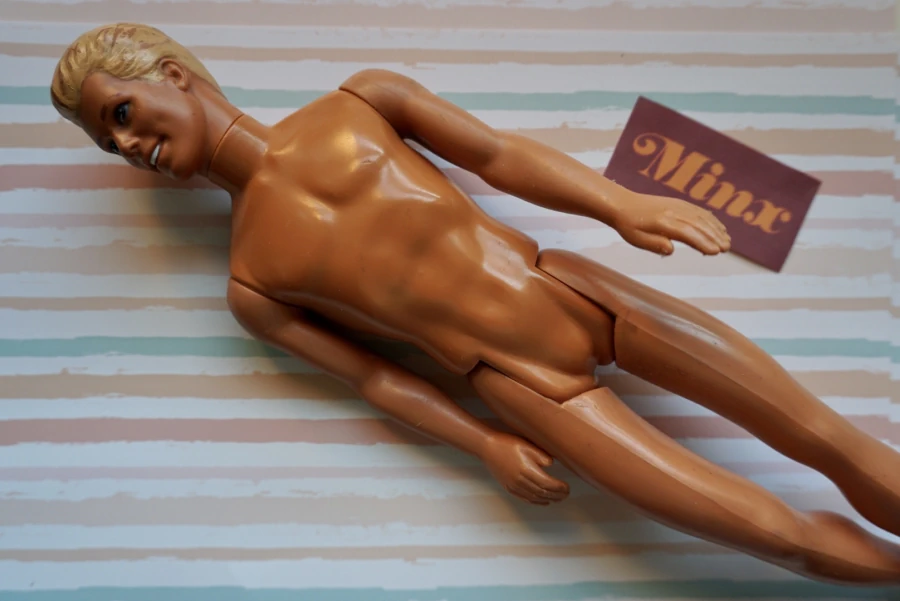


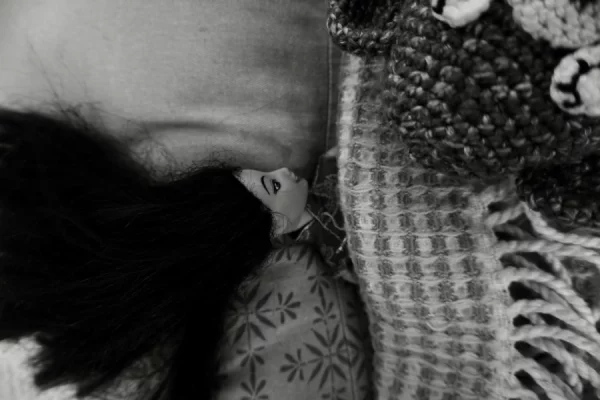
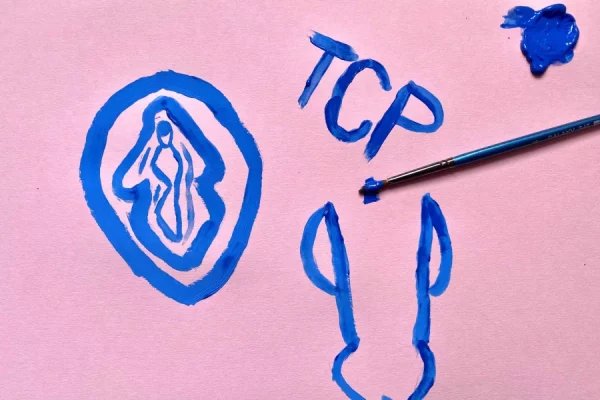
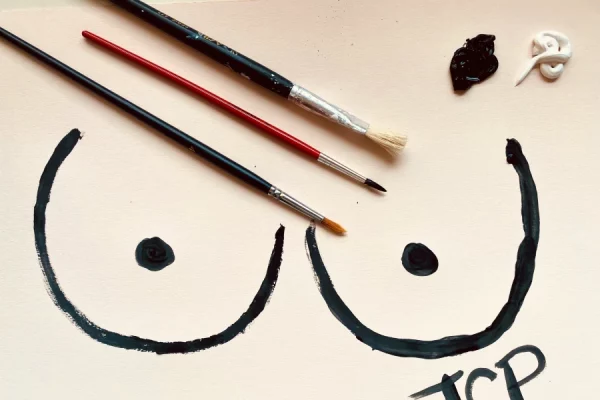
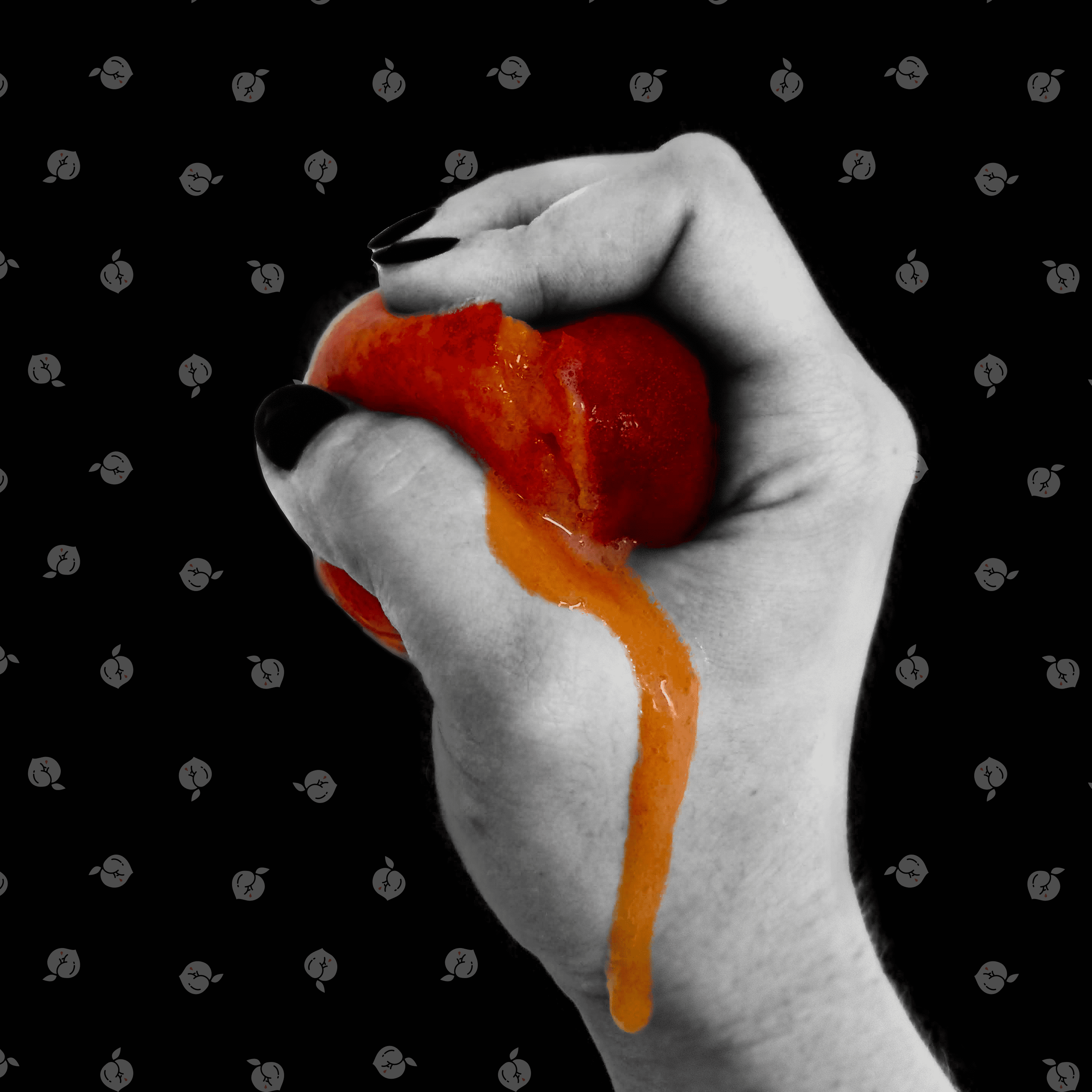









-0 comments-